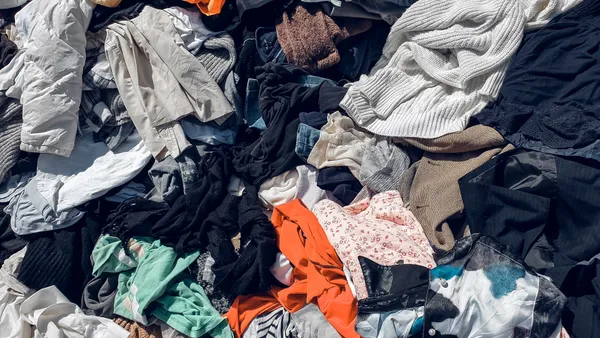Dive Brief:
- TIME has released a video from the American Chemical Society that highlights just how many crucial chemical discoveries stemmed from accidental experiments using waste.
- For instance, coal tar was considered useless until the head of the Royal College of Chemistry discovered a correlation between coal tar waste and medicines. Research ensued. The first experiments did not yield the intended results, but did accidentally lead to a recipe for dye, and the first artificial dye factory sprouted up from this unintentional discovery by an assistant. Prior to this, people wore drab garments consisting of muted colors.
- According to legend, while eating dinner, inventor Constantin Fahlberg inadvertently discovered a different use for coal tar waste. The research scientist failed to wash his hands after work, prompting his discovery that coal tar was sweet. That led to the “invention” of saccharin, an artificial sweetener still widely used today.
- Teflon was also derived from waste refrigerants. It started out as a lab mistake during an experiment which yielded the tough substance. Eventually, that led to the invention of Gore-Tex, an innovative material used as a waterproof yet breathable fabric.
You can watch the video here.
Dive Insight:
Even today, scientists continue to innovate with waste. For instance, in October, researchers unveiled a flash pyrolysis technique that is capable of converting raw waste materials such as organics, old tires, and plastics into a petroleum substitute called bio-oil.












